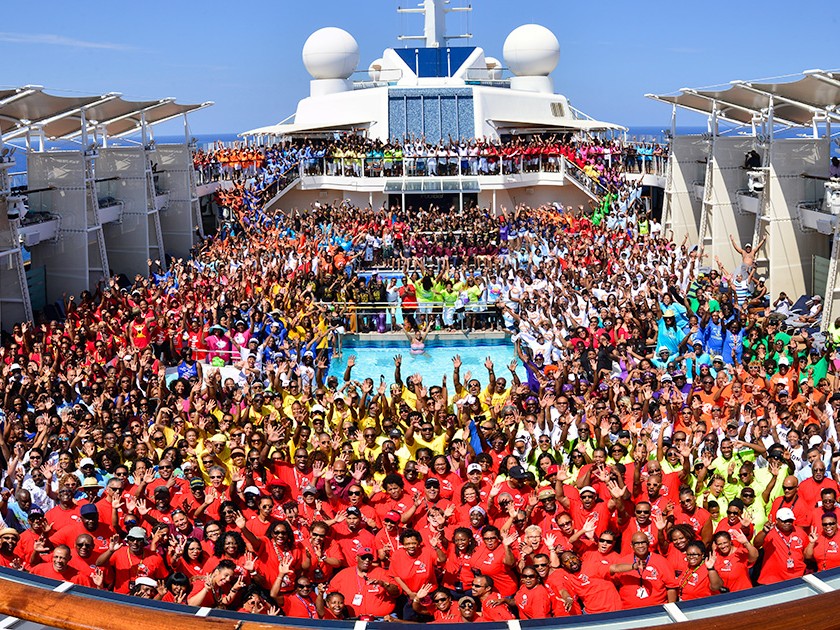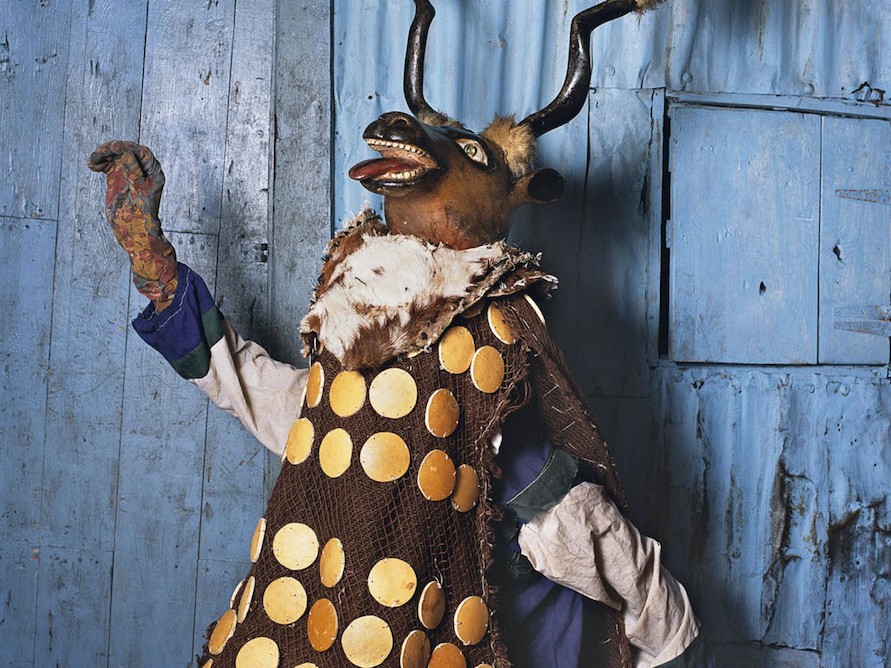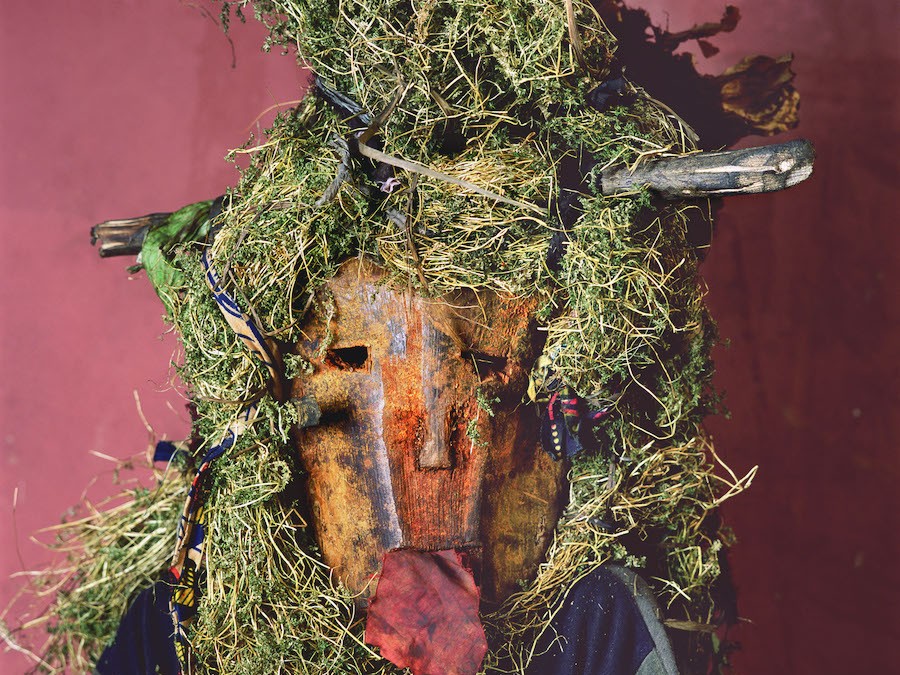Share this!
Where to See Africa's Most Dangerous Sharks and Sea Life
Africa is so often associated with parched deserts that it’s difficult to imagine it is surrounded by seas and oceans on all sides. The Mediterranean Sea lies to the north, the Red Sea to the northeast, separating Egypt, Sudan and Ethiopia from Saudi Arabia, and the Indian and Atlantic Oceans to the east and west.
With a coastline spanning 30,000 kms, the possibilities are endless if you want to complement your land-based safari with an excursion into its rich waters. Here’s a good start of where to go in Africa that will inspire you to explore more of what it has to offer by way of marine wonders.
Egypt
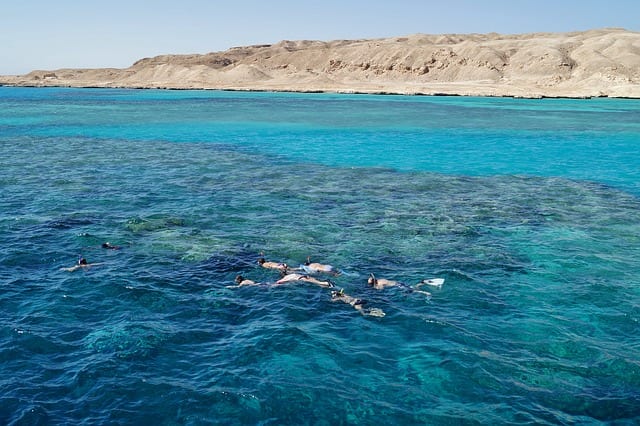
Egypt is usually associated with its majestic pyramids while its 1400 km. of Red Sea and Mediterranean coastline is often overlooked. But if you are more into meeting marine life, the Red Sea Coast is mecca. In particular, Sharm el-Sheikh teems with an incredible variety of exotic fish and colorful coral reefs that make this resort town a prime sun-and-sea holiday for those keen to snorkel in the crystal-clear waters without high waves or strong currents getting in the way. For a more exciting diving adventure, Hurghada makes an excellent sun-soaked base for a liveaboard to meet a variety of shark species up close. Grey reef, white tip reef, silky, hammerhead, oceanic white tip and thresher sharks can all be found offshore.
Tanzania
Continental Tanzania is best known for the Serengeti plains and the annual wildebeest migration that takes place there, but little seems to be known off its coast. And yet, Zanzibar, the other half of ‘Tanzania’ (from Tanganyika and Zanzibar) is a jewel in its own right, floating in the Indian Ocean and boasting of beaches that are rated as some of the finest in the world. And there’s more. The Mnemba Atoll Marine Reserve is the best spot for snorkelling, brimming with shoals of luminous fish, stingrays, moray eels and turtles swimming around in the shallows, and trevally, emperor fish, barracuda and yellow snappers farther out.
Mozambique

This eastern African country directly opposite Madagascar boasts of 2,700 km. of coastline, offering diverse habitats for an equally diverse marine life. No fewer than five species of marine turtles breed along Mozambique’s beaches while the Mozambique Channel is busy with traffic from dolphins, dugongs, whale sharks, manta rays and migrating whales. Beach lovers who also want to see sea life may want to make their base in one of the islands of the Bazaruto archipelago, a protected national park home to 200 types of fish, dolphins and leatherback, loggerhead and green turtles as well as the shy dugongs. Between July and October, humpback whales can be seen in the Bazaruto and Quirimbas Archipelagos while Southern right whales are most commonly sighted between June and December in the southern part of the Mozambique Channel. A dhow safari (aboard a traditional sailing vessel) puts you close to these underwater behemoths.
Madagascar
Lemurs may the quintessential poster boys of mainland Madagascar, but between June and November, whales rule the seas. During this period, the waters off the northwest and northeast coasts of Madagascar are busy with thousands of humpback whales coming from the Antarctic to seek shelter, mate and breed in the warm waters of the Indian ocean. The buzzing resort island of Nosy Be in the northwest is the best place to base yourself for a whale watching cruise between August to November, while the quieter island of St. Marie in the northeast makes an ideal base not just for snorkelling but also for whale watching between June to September as the humpbacks cavort in the narrow channel that separates the island from the mainland.
Senegal
Diving in the Atlantic Ocean does not easily come to mind when you think of diving in West Africa, but that’s exactly what you’re in for when you’re headed to Senegal, specifically to islands offshore Dakar, its capital. A favorite among divers is the massive sea cliffs of N’Gor Island mirrored underwater, allowing for exceptional wall dives. There are more than 30 dive sites within 15 minutes by boat from N’gor, and these sites abound with sponges, sea fans, red coral, and at depths of 10-30m, carp, grouper and sea breams.
Guinea Bissau
Guinea Bissau doesn’t figure prominently on the African map – it’s tucked under Senegal as though an afterthought – but when it comes to green turtles, it’s the king on the eastern Atlantic seaboard. Its 18 offshore islands that make up the UNESCO-protected Bijagos Archipelago are the largest nesting ground of green turtles in Africa. In particular, the islands of João Vieira and Poilão are the main sanctuaries for turtle reproduction, with nearly 10,000 females laying eggs during the nesting season.
Namibia
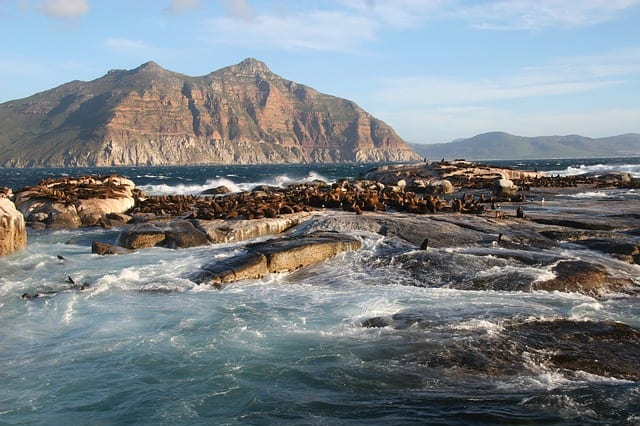
Namibia is notorious for its shipwreck-dotted Skeleton Coast, but there’s more to it than remains of rusty metal and whale carcasses. At Cape Cross, instead of seeing haunting images of abandoned vessels and stranded whale bones, you will encounter the largest population of Cape fur seals on this side of the continent. You can find groups of these playful marine mammals year-round, but come November and December, the colony is filled with a cacophony of bleats and barks of some 200,000 seals fighting, fishing, mating and reproducing.
South Africa
South Africa’s strategic location right where the Atlantic meets the Indian Ocean means that marine life here abounds like nowhere else in the continent. If you’ve come to Africa to see the Big Five on land, then South Africa is the place to see its marine equivalent – the marine Big Five composed of the African penguin, the Cape fur seal, the dolphin, the Southern right whale, and the great white shark. And you don’t even have to go on a cruise to get a good view of what this country has in store in the way of marine life. For one, Cape Town’s Boulders Beach offers a fantastic staging point to meet the adorable African penguin. Just an hour and a half away is the town of Hermanus where you can see whales breach a few metres away from the town’s 12km cliff path. In fact, Southern right whales and humpback whales are so commonly sighted in South African waters from June to December that the bays stretching from Cape Town to Cape Agulhas have been nicknamed the ‘Whale Route.’
But even that pales in comparison to what the waters of South Africa is most famous for, rivalled only on land by the epic wildebeest migration in the Serengeti plains – the annual sardine run between May and July. And where there are millions upon millions of sardines, there are thousands of dolphins, and moving up the food chain, pods of great white sharks. And there’s no other place more fitting to view these apex predators in their native habitats than in the waters off Gansbaai where a thin stretch of water between Dyer Island and Geyser Rock is nicknamed the ‘Shark Alley.’ You can view these ferocious hunters from the comfort of a boat, or summon enough courage to go down in a shark cage and glimpse rows of their razor sharp teeth for a white-knuckle encounter you will never forget.




